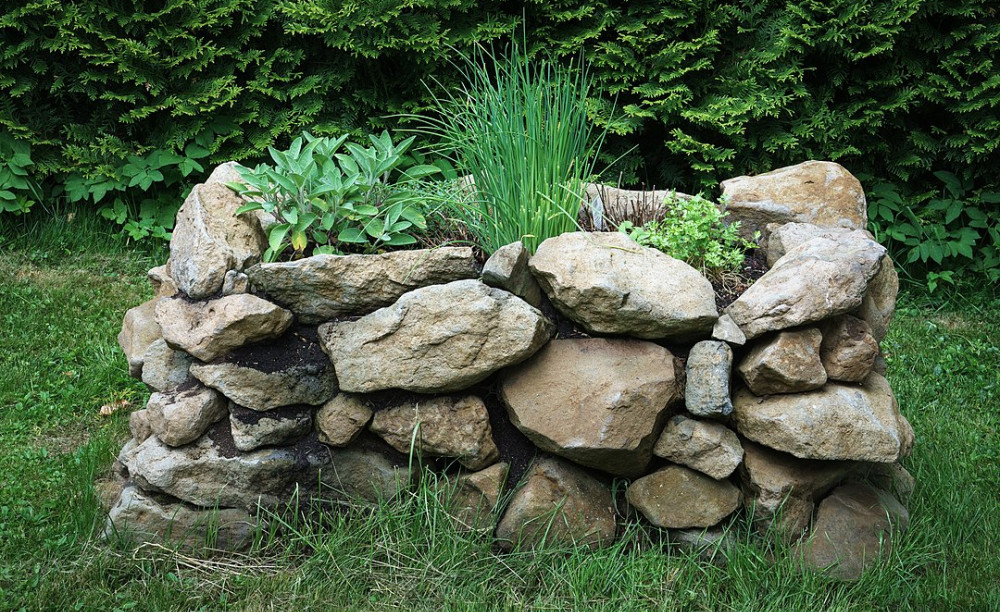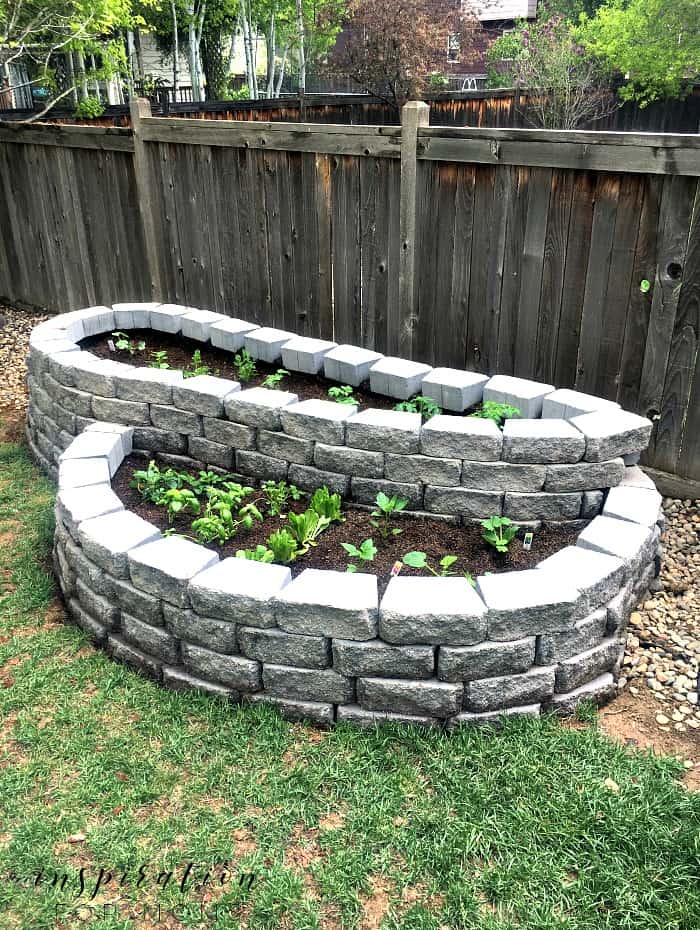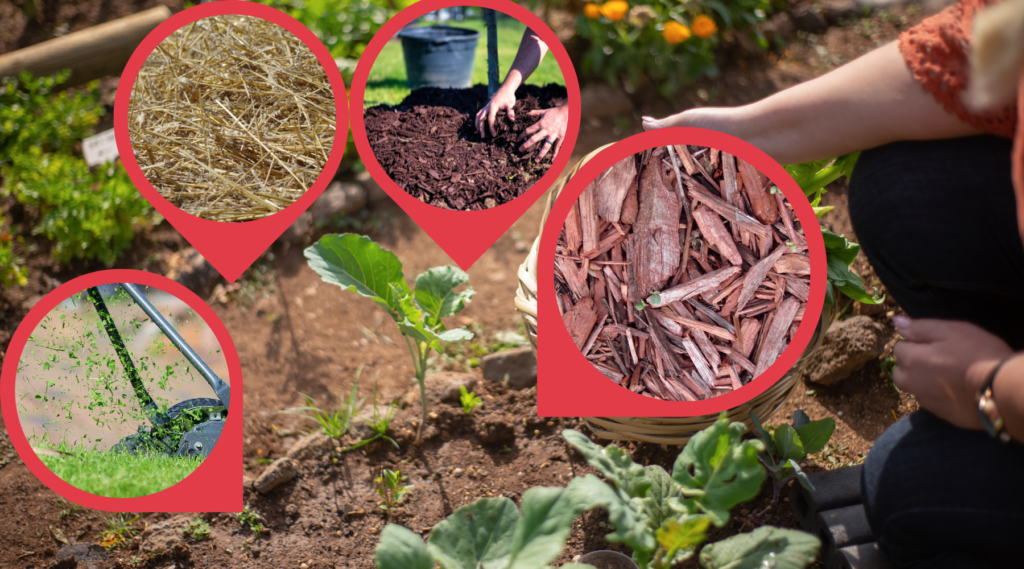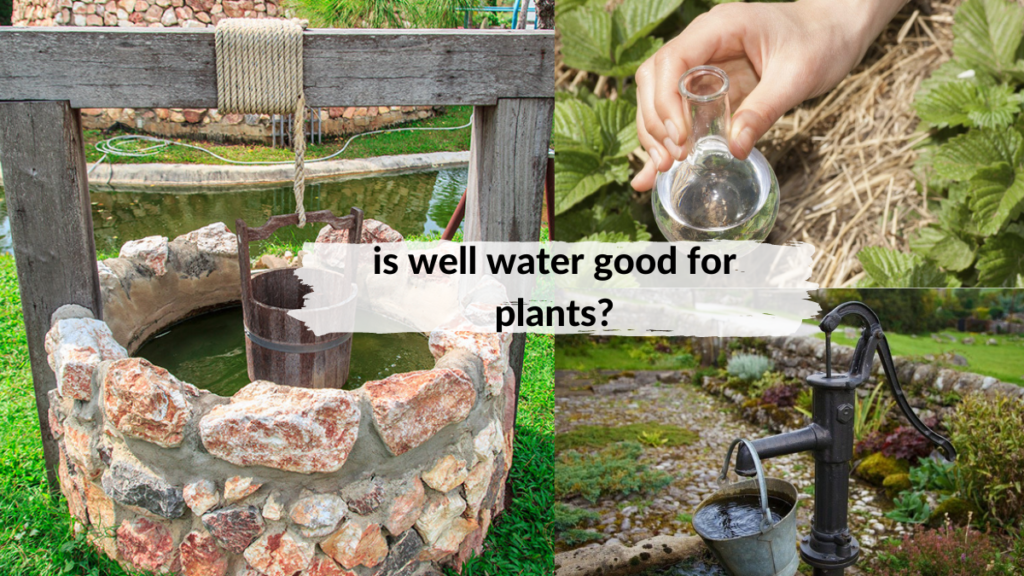A stone raised bed garden is a beautiful addition to any yard. They are often used as ornamental features in the landscape, but they can also be very functional. Stone gardens have been around for centuries and provide many benefits that other types of gardens do not offer.
reasons why you should choose stone raised garden beds
There are many reasons why a stone raised garden bed can be beneficial for your garden.
- First, stone raised beds are exceptionally durable and will last a long time. They can be used in any climate without deteriorating or shifting because they do not rot as wood does.
- The stones look great in almost every garden style from country to formal gardens. The addition of a stone bed gives you more options when it comes to how your garden will look.
- A stone garden bed can also save you time and money by looking after your plants for you.
- Stone acts as a natural insulator, which means that the ground temperature is always cooler than it would be in other types of gardens like raised beds made from wood or plastic. This lower soil surface temperature keeps moisture from evaporating as fast as it would in a traditional garden. Your soil will retain more moisture, which means that less water is needed for your plants to thrive, and you will not have to spend time watering them as often.
There are also some disadvantages of a stone raised bed garden. For example, they can be very heavy and difficult to move around or replace if they become damaged. Also, it can be expensive to construct and usually requires more labour than other types of gardens like raised beds made of materials such as wood or plastic.
However, if you are willing to put in the time and effort for a beautiful stone garden bed that will last forever and save your plants from drying up; then this is definitely an option to consider.
how are stone raised garden beds built?
A stone raised garden bed is built by stacking stones in a sturdy, level frame. The base material of the frame can be made of almost anything that will hold up to being used outdoors like wood or metal. Any cracks between individual stones in the frame can be filled in with quick-drying cement to hold everything in place.
Once the base of the frame has been constructed and levelled, you will then stack your stone on top until it is at least one foot higher than ground level so that you have enough clearance for plants and people to work around.
The amount of time this takes will depend on the size of your garden and how many people are helping. Be sure to mix mortar or cement with each layer to make it easier for you when stacking large stones.
If the base is made of wood, then be sure not to stack too much weight onto that frame because it could end up cracking over time if pressure from the entire structure becomes too great.
The last step of building a stone raised garden bed is to add a landscape fabric for a lined interior, fill the frame with soil and place any plants, flowers, vegetables, and herbs inside. The finished product will be sturdy, attractive, and functional for many years.
the pros and cons of stone raised garden beds
There are many benefits to using a stone raised garden bed, but there are also some drawbacks.
pros
The pros of using a stone raised garden bed include:
- It looks nice and can be used as an ornamental feature in your yard
- The stone is durable and will last for years without needing replacement or repair
- Stone has natural drainage properties that make it ideal for plants with shallow root systems like strawberries because the roots will not get too wet.
cons
The cons of using a stone raised garden beds include:
- It takes more time to set up than other types of beds (like plastic) do because you need to lay down the stones first before filling in dirt or soil around them.
- It can be expensive to set up because you will need enough stones for the base and then more for the raised bed.
- The added weight of a stone garden bed could cause damage or cracks in your wooden frame if it is not built strong enough.
- Stone is heavy and difficult to move around or replace if it gets damaged.
If you are new to raised bed gardening, you must weigh the pros and cons of the material you are going to use for your raised garden beds. You must choose the raised garden beds that will suit your needs and will last for a long time.











